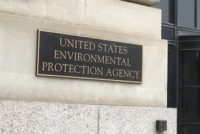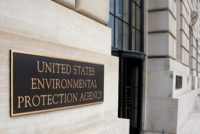OSHA, the Regulator
Is your business in the bullseye of the Occupational Safety and Health Administration’s (OSHA) 2023 regulatory plans? If you oversee a healthcare facility, then the answer is a resounding “yes.” Labor Secretary Marty Walsh recently confirmed that three OSHA healthcare rulemakings are priorities for the Labor Department: a permanent healthcare COVID-19 standard, a proposed infectious […]










